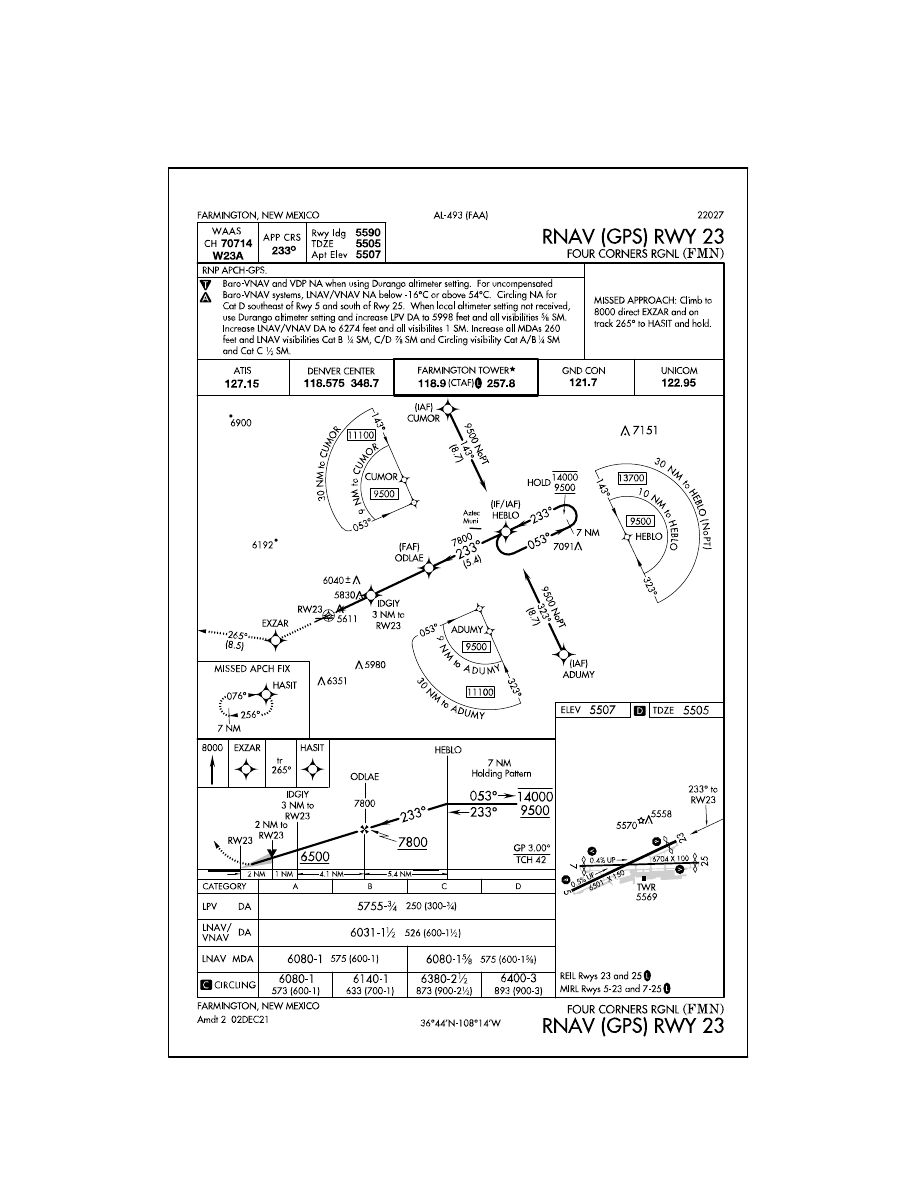
4/20/23
AIM
FIG 5
−
4
−
6
RNAV (GPS) Approach Chart
SW
−
1, 27 JAN 2022 to 24 FEB 2022
SW
−
1, 27 JAN 2022 to 24 FEB 2022
Arrival Procedures
5
−
4
−
15

4/20/23
AIM
FIG 5
−
4
−
6
RNAV (GPS) Approach Chart
SW
−
1, 27 JAN 2022 to 24 FEB 2022
SW
−
1, 27 JAN 2022 to 24 FEB 2022
Arrival Procedures
5
−
4
−
15